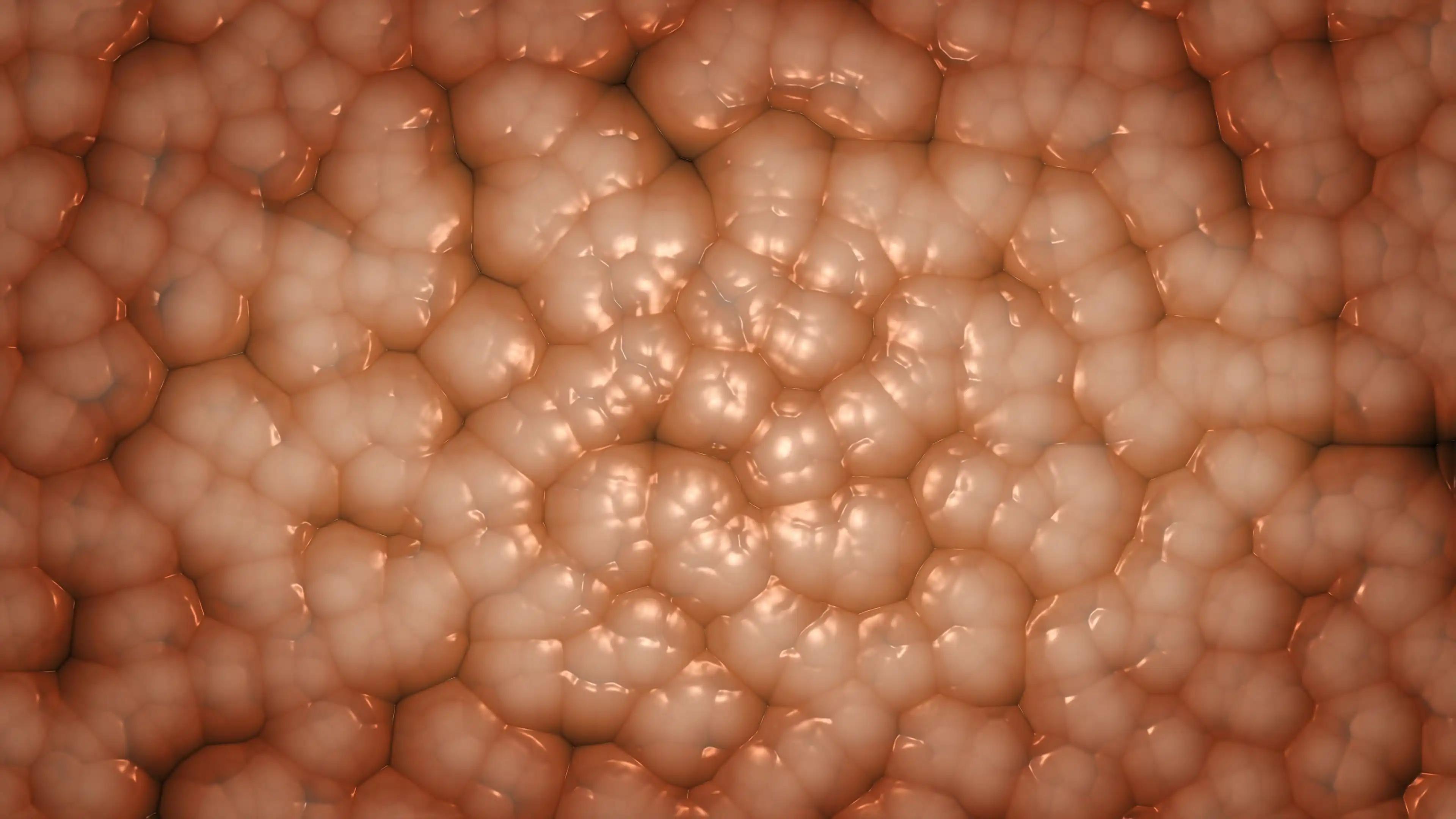KEY TAKEAWAYS
- The GLIOPLAK phase II trial aimed to determine whether slDNA in plasma could be used to predict the clinical outcome in unresected glioblastoma pts.
- The primary objective was to investigate the impact of slDNA on survival during the RT/TMZ phase of glioblastoma treatment. The secondary objective was to identify the association between tumor volume, corticosteroid exposure, and slDNA.
- The study found that slDNA in plasma during RT/TMZ predicts survival in unresected glioblastoma pts.
Short-length DNA (slDNA) fragments in plasma may better predict treatment response in glioblastoma patients(pts). Researchers aimed to determine whether slDNA in plasma could be used to predict the clinical outcome in unresected glioblastoma pts.
Pts with newly diagnosed and histomolecular confirmed glioblastoma (IDH wild-type, WHO 2021 classification), excluding those with resected tumors, underwent radiotherapy/temozolomide (RT/TMZ) treatment after biopsy. Plasma samples were collected three times during first-line treatment: before (pre-) RT, after (post-) RT, and at the time of disease progression/relapse. Cell-free DNA (cfDNA) was extracted from plasma using the QIAamp circulating nucleic acid kit (Qiagen). Short-length DNA (slDNA) fragments (equal or lower than 250 bp length) concentration was calculated based on AUC after automated electrophoresis using the 4200 TapeStation System. The primary objective was to investigate the impact on the survival of slDNA during the RT/TMZ phase. The secondary objectives were to identify the association between tumor volume, corticosteroid exposition, and slDNA.
About 38 pts, the median age was 63 [IQR 55-66], and 84.2% had a Karnofsky index over 80% at the beginning. Median overall survival(OS) was 13.3 months [95% CI 11.5; 15.5]. 69.4% had slDNA before radiation therapy (mean 722.3 pg/ml ± sd 1257.7), increasing to 83.3% afterward (686.1 pg/ml ± 1217.1). One-third saw a decrease in slDNA between these times. Presence of slDNA before radiation was linked to better OS with a median of 11.7 months [9.8-19.6] in slDNA(+) vs. 8.8 months [5.5-NA] in slDNA(-), HR 0.309 [0.133-0.716], log-rank P=0.004. A decrease in slDNA was also associated with improved outcomes: median OS 14.1 vs. 10.1 months, 0.424 [0.197-0.909], P=0.02. Corticosteroid use and dose weren’t correlated with slDNA levels or variation (correlation coefficient 0.081 and 0.047, respectively). SlDNA presence before radiation wasn’t linked to tumor volume: mean 265.0 cm3 ± 84.7 in slDNA(+) vs. 237.7 cm3 ± 115.7 in slDNA(-), P=0.492. Total circulating cfDNA didn’t affect OS.
The study found that slDNA in plasma during RT/TMZ predicts survival in unresected glioblastoma pts; its potential as a biomarker for adaptive treatment and molecular characterization should be explored.
Source: https://ascopubs.org/doi/abs/10.1200/JCO.2023.41.16_suppl.2025
Clinical Trial: https://classic.clinicaltrials.gov/ct2/show/NCT02617745
Maxime Fontanilles, Arthur Daban, Ludivine Beaussire, Émilie Lévêque, Isabelle Tennevet, Olivier Langlois, Ovidiu Veresezan, Florent Marguet, Florian Clatot, Frédéric Di Fiore, and Nasrin Vasseur. DOI: 10.1200/JCO.2023.41.16_suppl.2025 Journal of Clinical Oncology 41, no. 16_suppl (June 01, 2023) 2025-2025.



